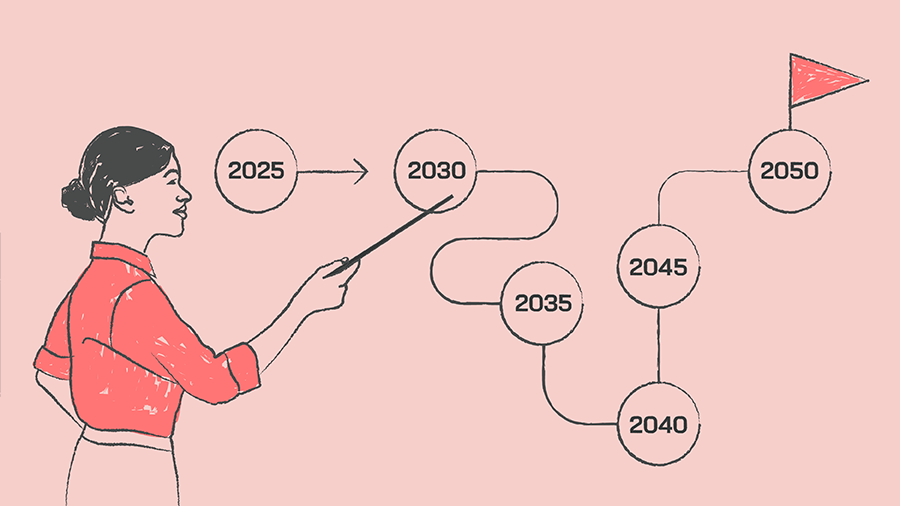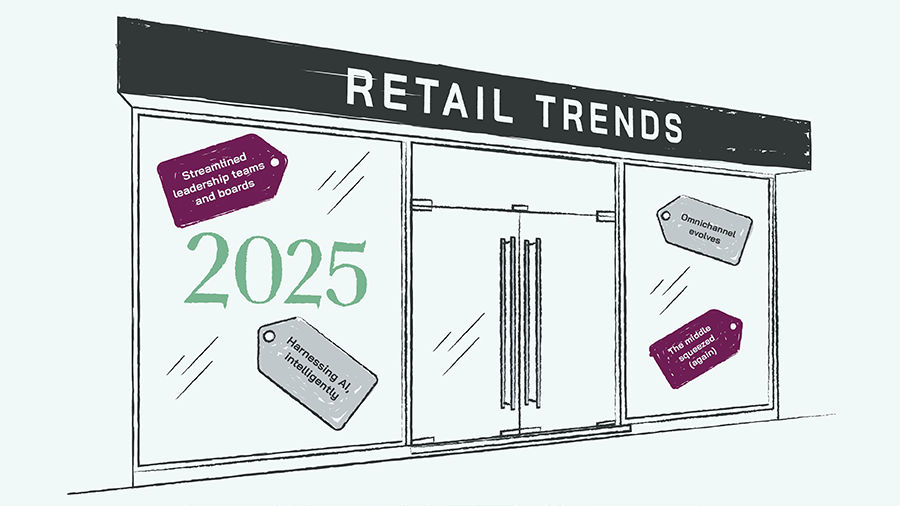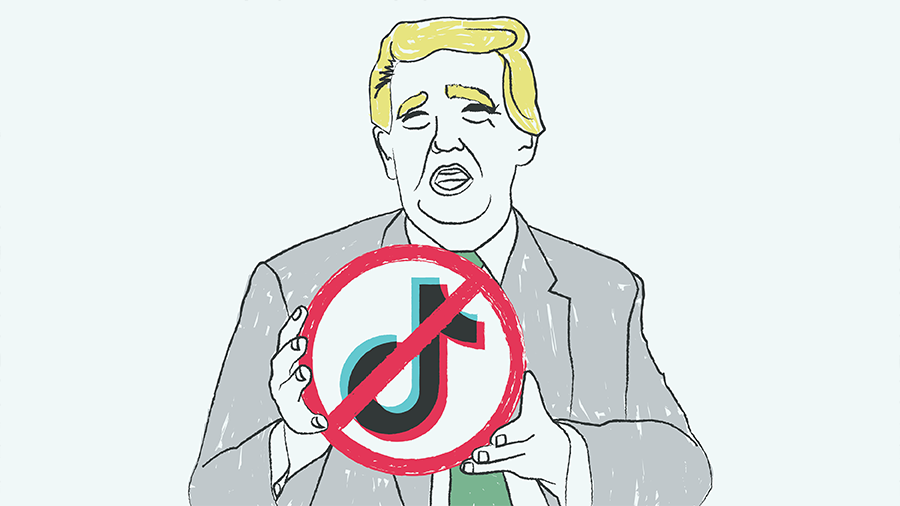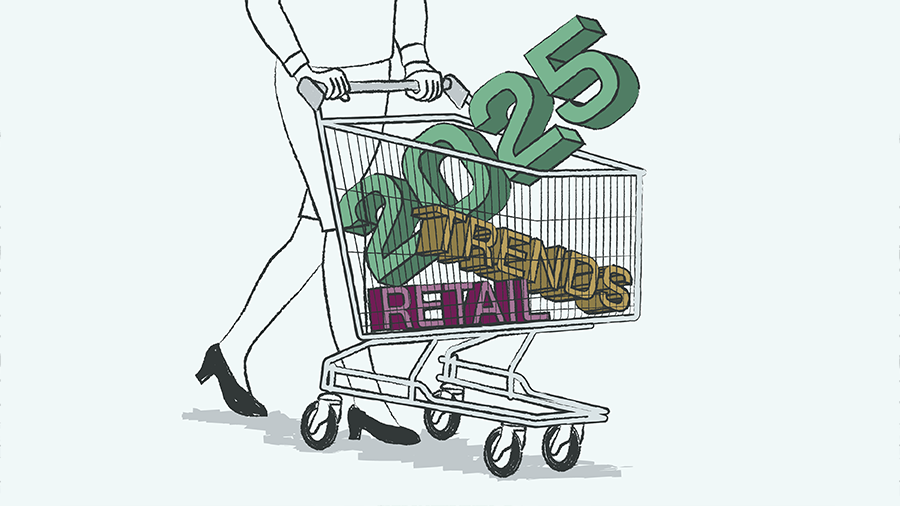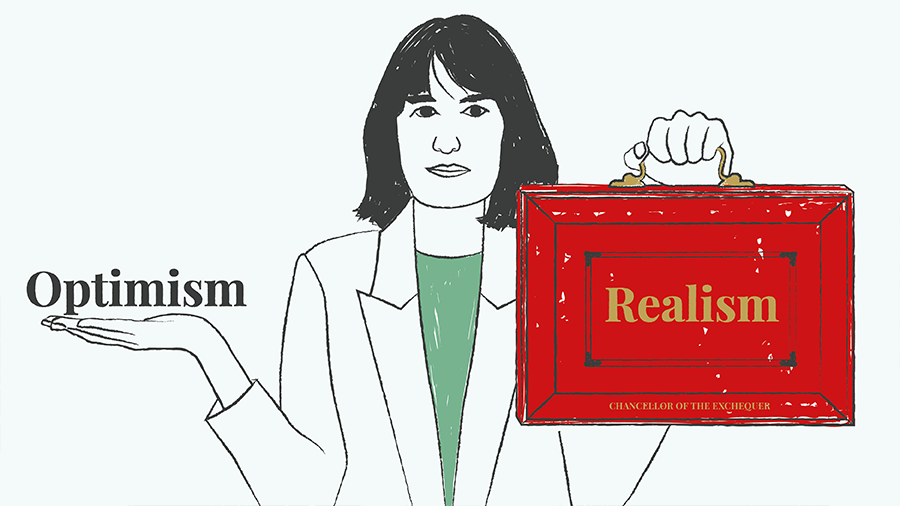
Biometric-type payments are helping to create a smoother, faster online and in-store experience. But retailers must take care that such technologies do not take the personal touch out of shopping.
The primary objective when retailers are selecting technology is that it must solve a problem and one of the biggest involves removing friction from the shopping journey.
One of the more interesting solutions being investigated involves smoothing out the payments process – both online and in-store – which is where biometrics comes into play.
The rise of the selfie-payment
Online retail giant Amazon has filed a patent to enable shoppers to purchase good via “Pay-By- Selfie”” which is also being looked at by AliPay and MasterCard. Google is also experimenting with ‘Hands Free’ payments in-store – again involving visual identification technology.
Password and PIN overload, combined with the desire by shoppers to pay for goods in as seamless a way as they enjoy when using Apple devices, is pushing technology providers to develop new forms of payment and this will clearly have an impact on retailers (as well as the banking industry).
The impact on retailers will be wide-reaching. Moving to a world of almost frictionless payment means they will need to work increasingly hard to create moments of engagement with shoppers.
What are currently seen by shoppers as hurdles and obstacles – notably payments – are actually points of interaction that have traditionally been used as a way to up-sell, cross-sell and provide a personal level of service to customers.
A new era demands fresh thinking
Biometric-type payments will bring in a new era where ecommerce retailers must think more cleverly about how they are going to initiate a conversation with shoppers that not only potentially drives revenue but also helps deliver that all important brand experience.
This suggests a greater use of ‘clienteling’ solutions that use the shopping histories and preferences of customers – often collected from their online activities – to recommend items and personalise shoppers’ in-store experience.
These are beginning to find traction when used around the changing room areas as Arcadia is finding in the US. When customers are in trying-on mode, the ability to recommend items and have them immediately delivered to the changing room has massive value.
Retailers must take great care that new technologies such as frictionless payments, which are supposed to enhance service, don’t ultimately damage it by stripping out the essential personal touch in-store and personalisation online.
If you’re looking to grow your business and need a strategy or executive hire to move to the next stage, contact us today.



